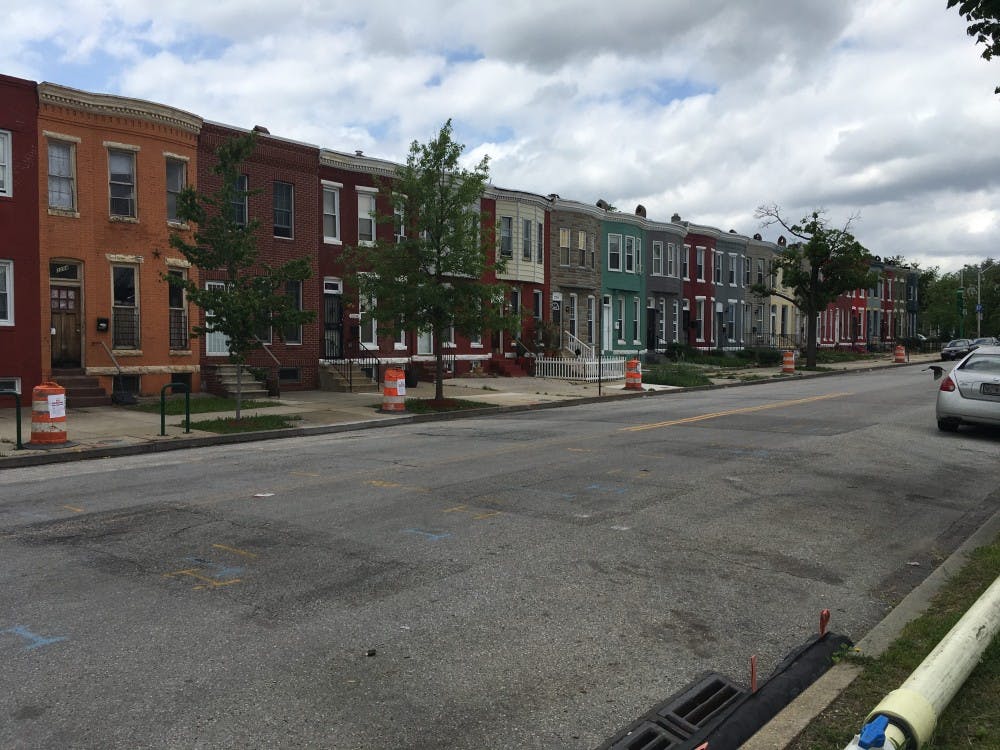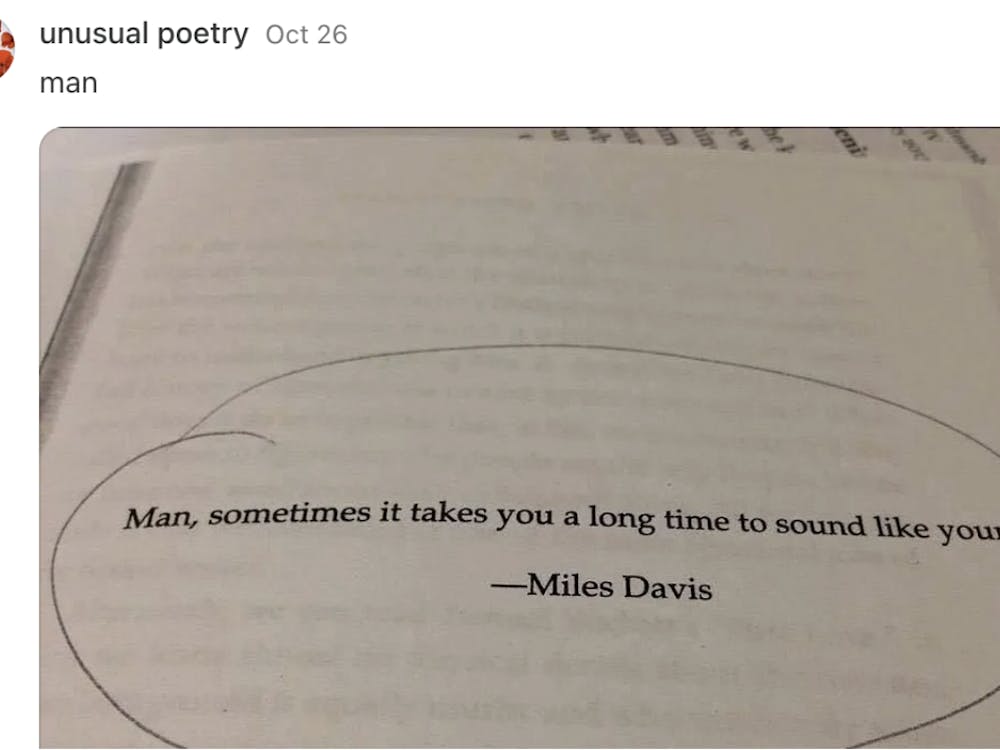Like any city, Baltimore has a reputation outside of itself. Unlike the idealized perceptions of New York City and Los Angeles, Baltimore must contend with a number of misconceived assumptions. When Hopkins students subscribe to these assumptions, native Baltimoreans are “otherized” — maintaining instead of challenging the social gap between “them” and “us.”
The key assumption is a common one: Baltimore is a dangerous city, and one whose defining feature is crime. This perception is a stereotype inextricable from Baltimore’s history of racism, which includes both the perpetuation of racism within the city and racist external judgement.
Recognizing this phenomenon does not erase the frequency of crime but rather points us toward the attitude we should take in confronting its reality: understanding its roots.
Crime is often the result of a complicated web of intersecting causes — poverty, homelessness and lack of funding for public education among them — which in Baltimore can be largely attributed to the historically discriminatory, detrimental social and political policies of the local government.
Even if this perception were not a stereotype, to reduce a city merely to its crime does a disservice to its residents and erases the complex personal and political lives that exist in Baltimore. It sees them not as individuals who meaningfully contribute to their communities and their city but as merely a mass of victims or perpetrators.
From this perception can follow two other, similarly erroneous, ones: The first being that because there exists a preponderance of violent crime, Baltimoreans must live in constant fear of it. Yet when Hopkins students step outside the bubble and engage with the individuals and communities who live next to us, it is clear that the latter’s concerns encompass a complex network of social and political issues.
This is not to trivialize the very real effects crime has on residents, including the trauma it incurs; but this assumption of fear suggests that it is their primary concern and obscures the reality that Baltimoreans actively involve themselves with issues from homelessness to healthcare. Social ills, including crime, have been far from normalized. Residents are working to address both its roots and its effects, as Baltimore Ceasefire 365’s efforts to create “ceasefire weekends” exemplifies.
What is perhaps even more troubling, however, is the otherization of Baltimoreans from Hopkins students which results from such perceptions. It is easy to see Hopkins as a safe, “clean” alcove somehow separate from the city when these assumptions form the basis of one’s view.
What is difficult, and vital, is to recognize Hopkins’ complicity in policies and decisions (e.g. the East Baltimore Development Initiative, withholding benefits for subcontracted workers) which have been to the detriment of native residents.
Contrary to what these assumptions presume, Baltimore is a richly diverse city, composed of a myriad of neighborhoods with unique cultural and political-economic identities. The cultural identity of Station North, for example, with its murals, community gardens and tools library, differs from Upton’s Billie Holiday Statue, historic row houses and Avenue Market.
Similarly the political-economic identities of neighborhoods differ greatly: While Oldtown/Middle East has a median income of $14,418 and 9.1 shootings per 100,000 residents, Fells Point has a median income of $82,263 and .3 shootings per 100,000 residents.
These differences are not ahistorical or apolitical. They are constructed from long histories of discrimination and disinvestment, leading to the phenomenon of the “White L and Black Butterfly,” an image used to outline the racial segregation in the city. Baltimore is not a homogenous entity that can be characterized with a general brushstroke, and it is important to understand the city’s history and politics in order to act constructively.
If we, as students at a wealthy and powerful institution that has been complicit in maintaining Baltimore’s societal ills, want to “help” the city and its native residents, we must listen to people who understand the complex intersection of issues that lead to violent crime.
We may not be natives of the city, but we do not have to be intruders either. As Hopkins students we must eschew a paternalistic attitude and instead recognize the influence we hold, and use it in the service of Baltimore’s betterment alongside those who know it best.
We cannot solve crime in four years; We can, however, offer our unique skills and privileges to change-makers who have dedicated their lives to the city they live in and love. In the end, if Hopkins students are to care about Baltimore, our involvement cannot stem from the limiting and self-contained perception of the city as full of crime.
Baltimore is our home for four years, and we have a stake in its future. As new residents, we should engage with, listen to and learn from the complex, vibrant people alongside whom we live and serve and who are vital to any progress achieved in Baltimore.
Alicia Badea is a sophomore Writing Seminars and English major from New York, NY. Anthony Boutros is a sophomore international studies and sociology major from Houston, TX.





